The daring double life of John Barrington
The work of one of Britain’s most accomplished male physique photographers preceded Bob Mizer by nearly a decade, forever changing the art of...
3 min read
Bob Mizer Foundation : Dec 27, 2016 1:27:00 PM
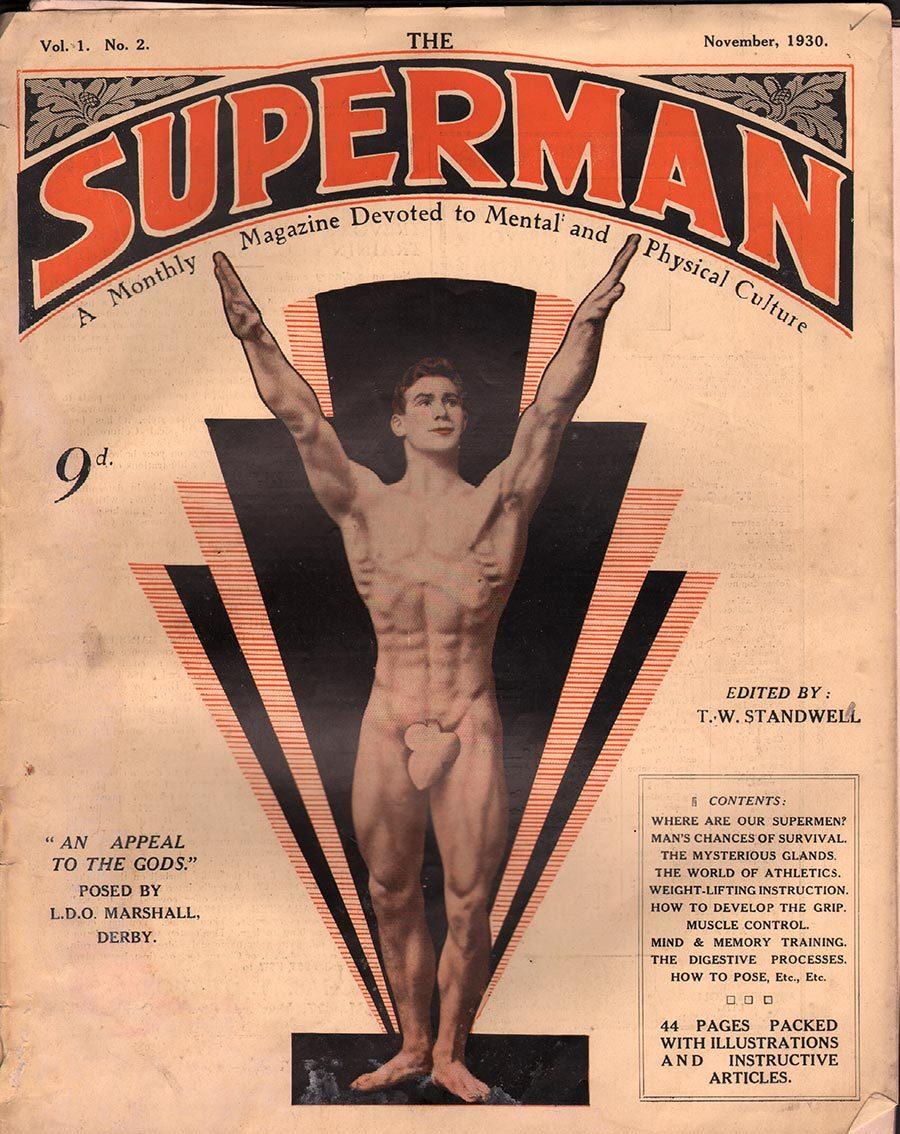
Author’s note: This is the third in a three-part series on the history of physique culture in Great Britain. Look for a separate profile of British physique photographer John S. Barrington on January 3.
Though many British physique magazines enjoyed only a short life, disappearing from circulation after only a decade after their founding, others continue to thrive in the United Kingdom.
British historian Rupert Smith, in a 2013 interview, said that the development of British physique photography often ran parallel to its American counterpart.
“People know a lot about American physique photography,” Rupert said. “People like Bob Mizer and Bruce of LA, but there was a parallel movement going on in Britain, with lots of photographers, a lot of them gay, photographing bodybuilders, servicemen, some of them quite legit, but some of them gay porn.”
 One of the very first British male physique magazines, "Superman," hit newsstands in the 1930s, falling out of circulation before the end of the second World War. And one of the more well-known (and highly collectible) magazines, Vigour, folded in the mid-1950s, after just a little less than 10 years. Others, in order to appeal to a wider audience, prominently featured American models. The short-lived magazine U.S. Male, produced in the UK, even featured Bob Mizer models on the cover throughout the mid-1960s, in the years immediately preceding the U.S. Supreme Court’s ruling that legalized nude images.
One of the very first British male physique magazines, "Superman," hit newsstands in the 1930s, falling out of circulation before the end of the second World War. And one of the more well-known (and highly collectible) magazines, Vigour, folded in the mid-1950s, after just a little less than 10 years. Others, in order to appeal to a wider audience, prominently featured American models. The short-lived magazine U.S. Male, produced in the UK, even featured Bob Mizer models on the cover throughout the mid-1960s, in the years immediately preceding the U.S. Supreme Court’s ruling that legalized nude images.
And others still, like Muscle & Fitness, founded in Canada, even preceded Mizer’s Physique Pictorial by several years.
“Muscle & Fitness was a magazine that originally targeted only men, but has since broadened its audience to include women as well,” says Dennis Bell, president and curator of the Bob Mizer Foundation. “It includes articles on fitness training, advice columns written by experts in the physique and health fields, and diet plans for different body types.”
The publication was originally founded in 1940 as a simple newsletter, titled “Your Physique,” and the composition of Physique Pictorial – its layout and its features – echoed those of Muscle & Fitness while maintaining a voice of their own.
Canadian bodybuilder Joe Weider founded Muscle & Fitness when he was only 20 years old, and his empire would eventually expand to include Men’s Fitness, perhaps the seminal monthly publication on men’s health.
 Certainly, Muscle & Fitness would fit neatly into Rupert Smith’s categorization of ‘legit’ publications. Others, like the photos published and sold by British physique photographer John S. Barrington, would be seen as anything but legitimate by mainstream British society.
Certainly, Muscle & Fitness would fit neatly into Rupert Smith’s categorization of ‘legit’ publications. Others, like the photos published and sold by British physique photographer John S. Barrington, would be seen as anything but legitimate by mainstream British society.
“Rupert Smith wrote a biography of John Barrington in 1997, and it really laid bare Barrington’s struggles with the law,” Bell says. “Just like Mizer, John Barrington’s works were subjected to scrutiny, seizure, censorship and scorn due to their erotic nature.”
According to the book “British Queer History: New Approaches and Perspectives,” Barrington launched his magazine “Male Model Monthly” in 1954, a full three years after Mizer’s Physique Pictorial hit newsstands and mailboxes. Barrington had been producing and selling photos of male nudes since 1948.
Just like Mizer, Barrington posed his models with Greek or Roman statuary, as a point of comparison and to add a more artistic lilt to his work. “(Barrington’s) photographs,” the authors of the book contend, “…were to remind readers, to borrow from Michelangelo … that the highest object for art is man.”
But, art being a subjective term, especially in the conservative 1950s, Barrington found himself arrested for sending obscene materials through the mail in 1952. He was never convicted for the charge, but found himself imprisoned only three years later when undercover police officers found one of his photos with underwear ‘penciled in’ on the model. When scratched off, the model appeared fully nude underneath.
 On Dec. 13, 1955, Barrington was sentenced to three months in jail. Though he took great pains to be more careful about his business operations, agents once again raided Barrington’s home in 1962 and confiscated a number of photos. This time, he only sustained a small fine. Despite his setbacks, minor when compared to those of Mizer, Barrington’s “Male Model Monthly” continued to thrive for many years afterward.
On Dec. 13, 1955, Barrington was sentenced to three months in jail. Though he took great pains to be more careful about his business operations, agents once again raided Barrington’s home in 1962 and confiscated a number of photos. This time, he only sustained a small fine. Despite his setbacks, minor when compared to those of Mizer, Barrington’s “Male Model Monthly” continued to thrive for many years afterward.
Closer examinations of the male physique culture in the United Kingdom only highlight the many similarities the industry shares with its American counterpart. Bob Mizer’s own influence is heavily seen in the photos and publications of the earlier, era, especially, and vice vice versa.
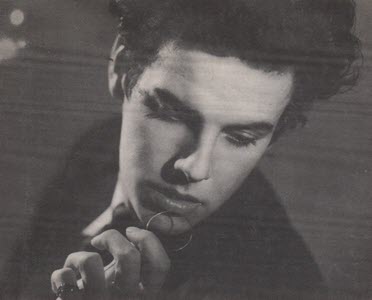
The work of one of Britain’s most accomplished male physique photographers preceded Bob Mizer by nearly a decade, forever changing the art of...
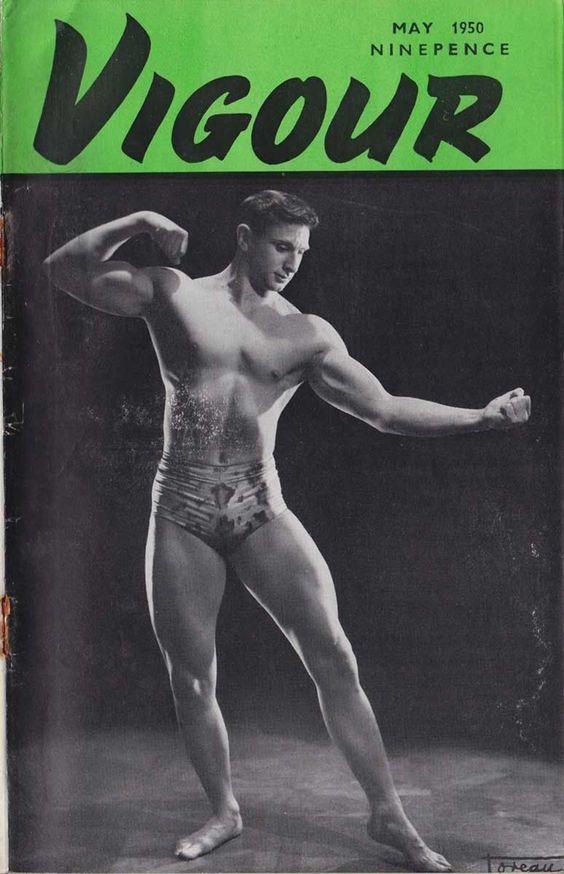
Author’s note: This is the first in a three-part series on the history of physique culture in Great Britain. Look for part II on our blog on Tuesday,...
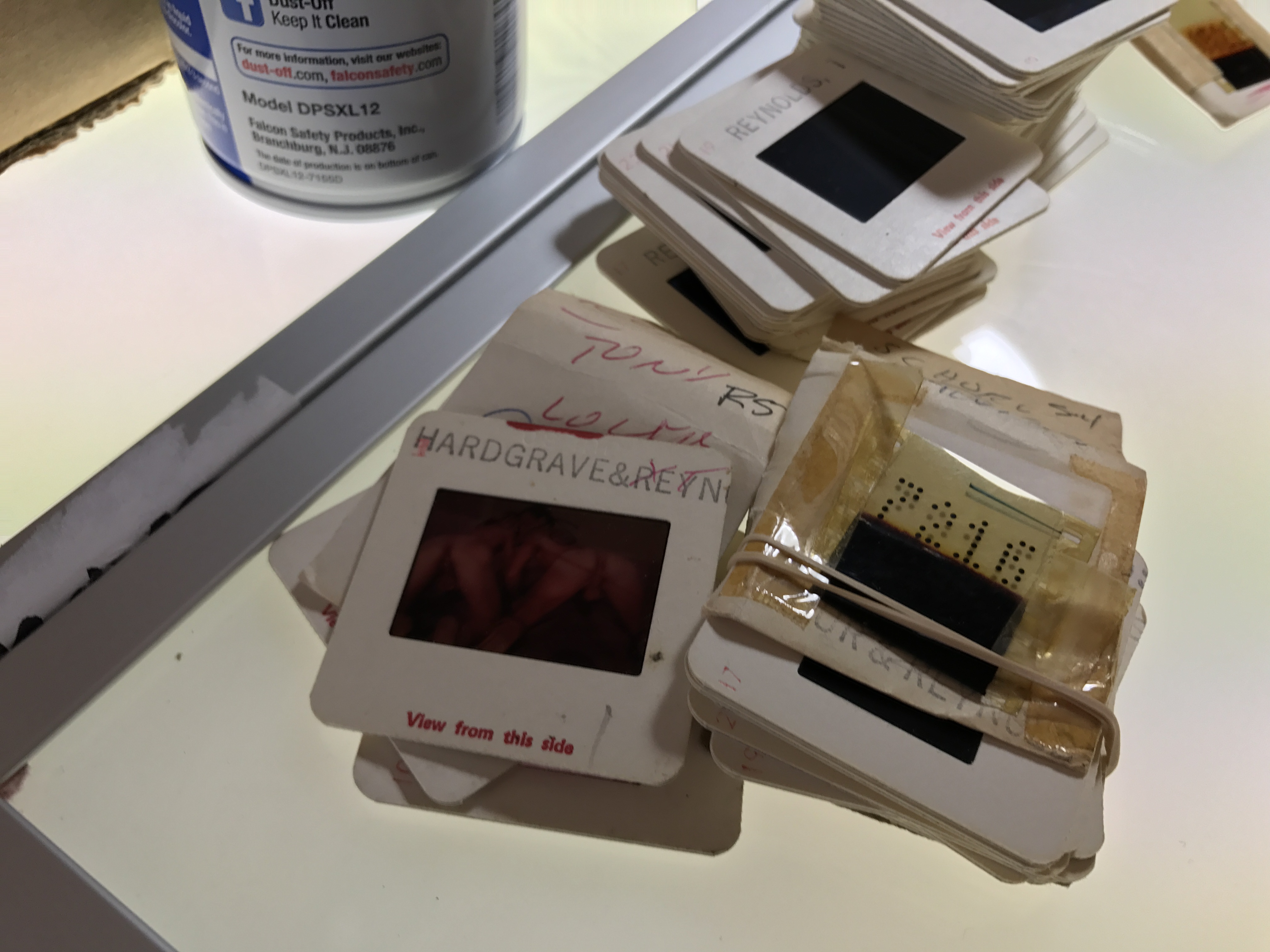
If you’ve ever wanted to know even more about the man behind the camera, the Bob Mizer Foundation has a place for you among its cadre of staff.
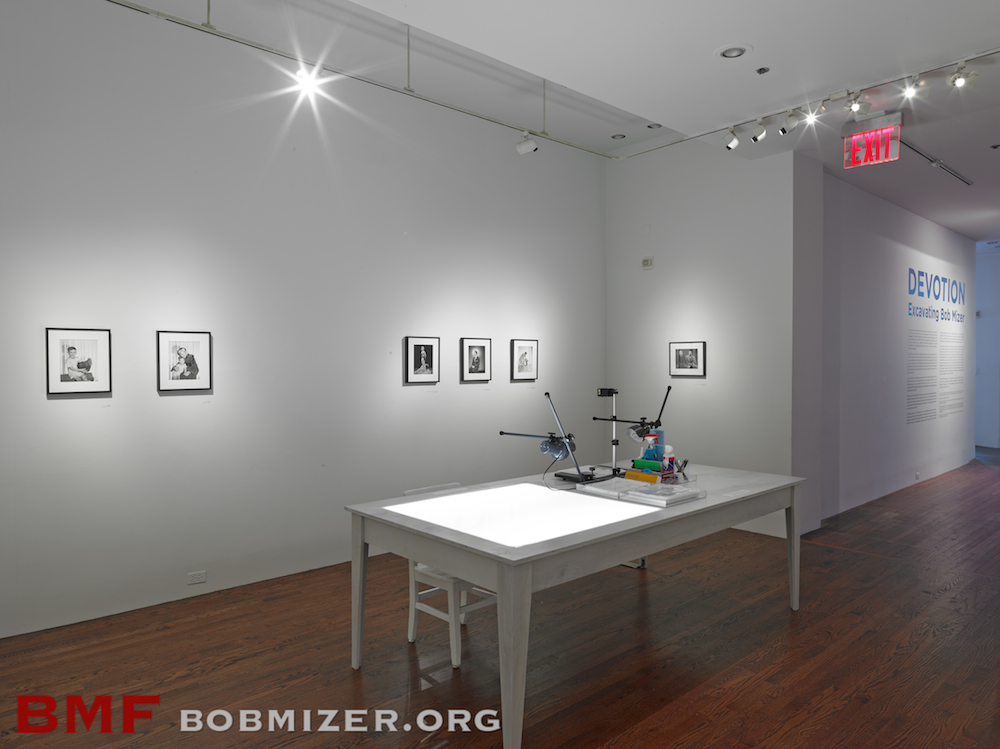
The past few months have been huge for the foundation. From the major exhibitions currently on view at MOCA and NYU to Miami Art Basel, Bob Mizer has...